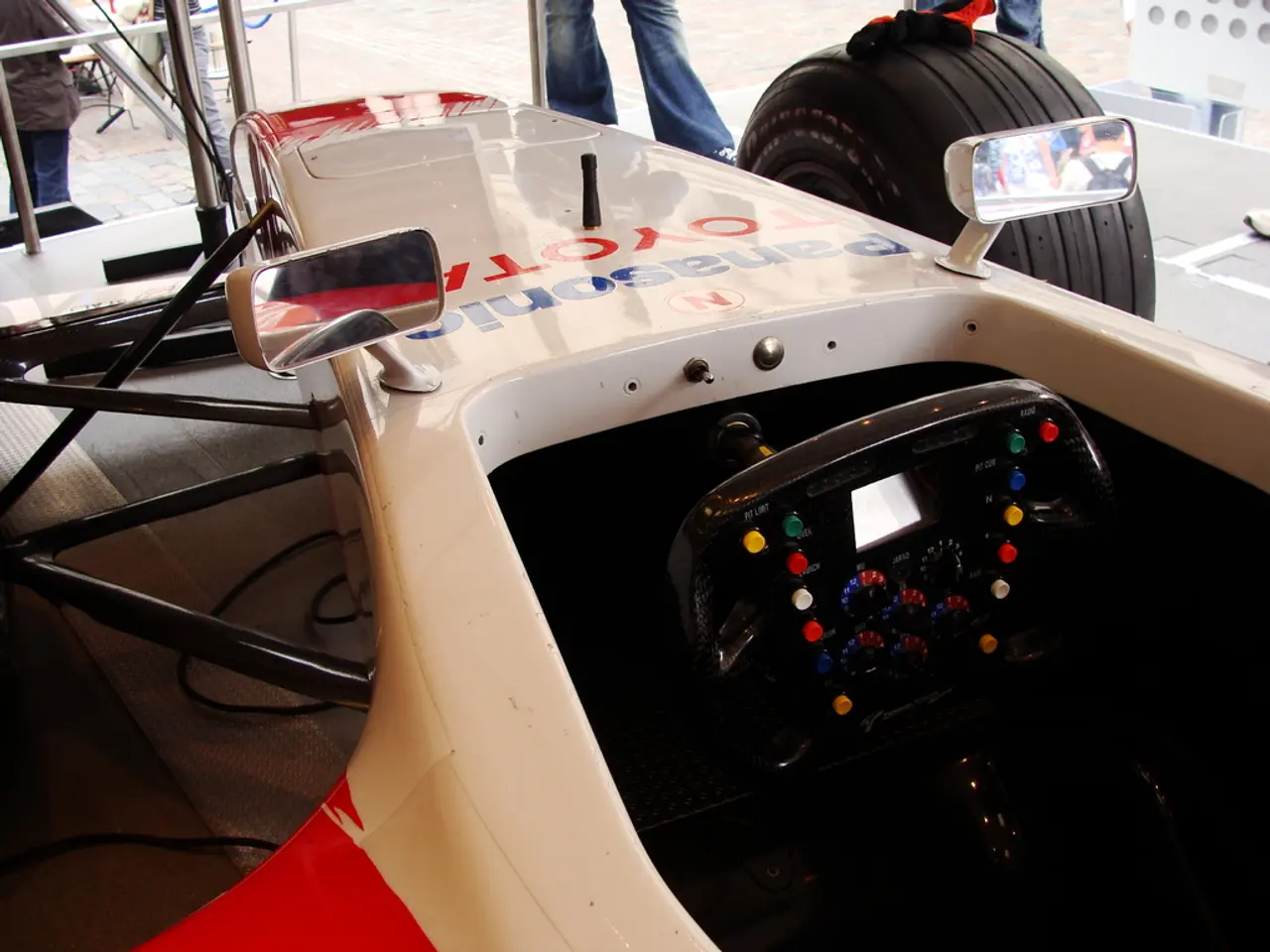Planning and readying for an action or event
In the thrilling world of kart racing, success is not just about speed. It's about mastering the art of observation, understanding moving geometry, and developing selective attention.
Bertrand Godin, an instructor at SH Karting, stresses the importance of these skills. "It's always the eyes before the hands," he says, emphasizing the crucial role of observation in kart racing.
Safety is paramount in this high-speed sport. Proper gear, including closed-toe shoes, helmets, and protective clothing, is essential to minimize injury risk. Indoor karting tracks should have good ventilation and carbon monoxide detectors, while outdoors, racers should be aware of wind direction to avoid exhaust fumes. Pit area safety protocols and remaining upwind of running karts are also crucial.
Observation skills are directly linked to driving in kart racing. Developing the ability to read the track and other racers continuously is key. This includes spotting braking points, racing lines, and anticipating others' moves to avoid collisions and optimize lap times. Improving peripheral vision and scanning techniques is also important for maintaining awareness of your surroundings and upcoming turns.
Understanding moving geometry is another essential skill. Grasping concepts of racing lines and the geometry of turns means knowing how to position your kart to take curves optimally for maximum speed and control. Practice is key in adapting line choices to different corner types and speeds.
Selective attention is crucial in kart racing. Unlike divided attention, selective attention ensures proper focus on both what's coming up ahead and what's behind. Training your focus to prioritize essential stimuli, such as the position of nearby karts, flag signals, and track conditions, while filtering out distractions, is vital. Drills to improve reaction times and attention shifts are also beneficial.
Bertrand Godin compares driving in kart racing to the game Tetris, emphasizing the importance of knowing where to look at the right moment. He warns that the activity can be physically demanding, with participants becoming exhausted after just 10 laps. He also advises that safety rules are often overlooked by overconfident racers.
Kart racing is not just about speed. It's about mastering the art of observation, understanding moving geometry, and developing selective attention. Combining these elements systematically allows a kart racer to not only drive fast but also safely and intelligently, making informed decisions on the track based on solid situational awareness and physical control.
Photos for this article are provided by Sarah Mongeau-Birkett and Katherine Harvey-Pinard. The instruction session takes place near Mount Saint-Hilaire, in Saint-Charles-sur-Richelieu. Bertrand Godin emphasizes the importance of humility, vigilance, and respect in kart racing. He also warns that the activity can cause the participant to become hot.
Starting in a beginner-friendly environment such as indoor karting aids the learning of these skills before progressing to more complex outdoor tracks. So, whether you're a seasoned racer or a newcomer, remember: in kart racing, it's not just about going fast. It's about going smart.
Sports and arts find an unique blend in the world of kart racing, where the strategic understanding of moving geometry in tracks is akin to the mastery of lines and shapes in visual arts.
Success in kart racing, much like excelling in sports like hockey, depends not just on raw speed, but also on the development of critical thinking and awareness skills, such as selective attention and observation.








